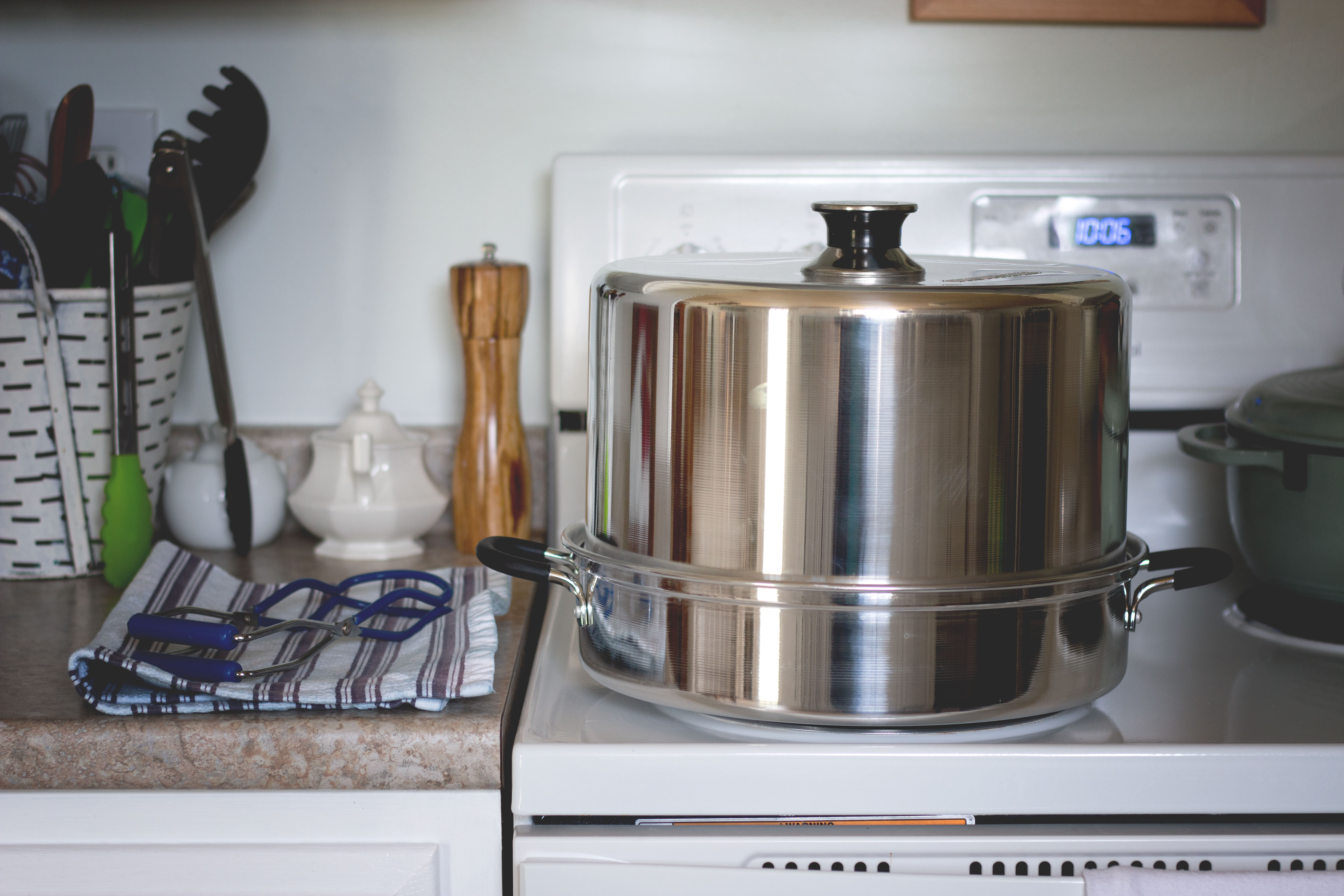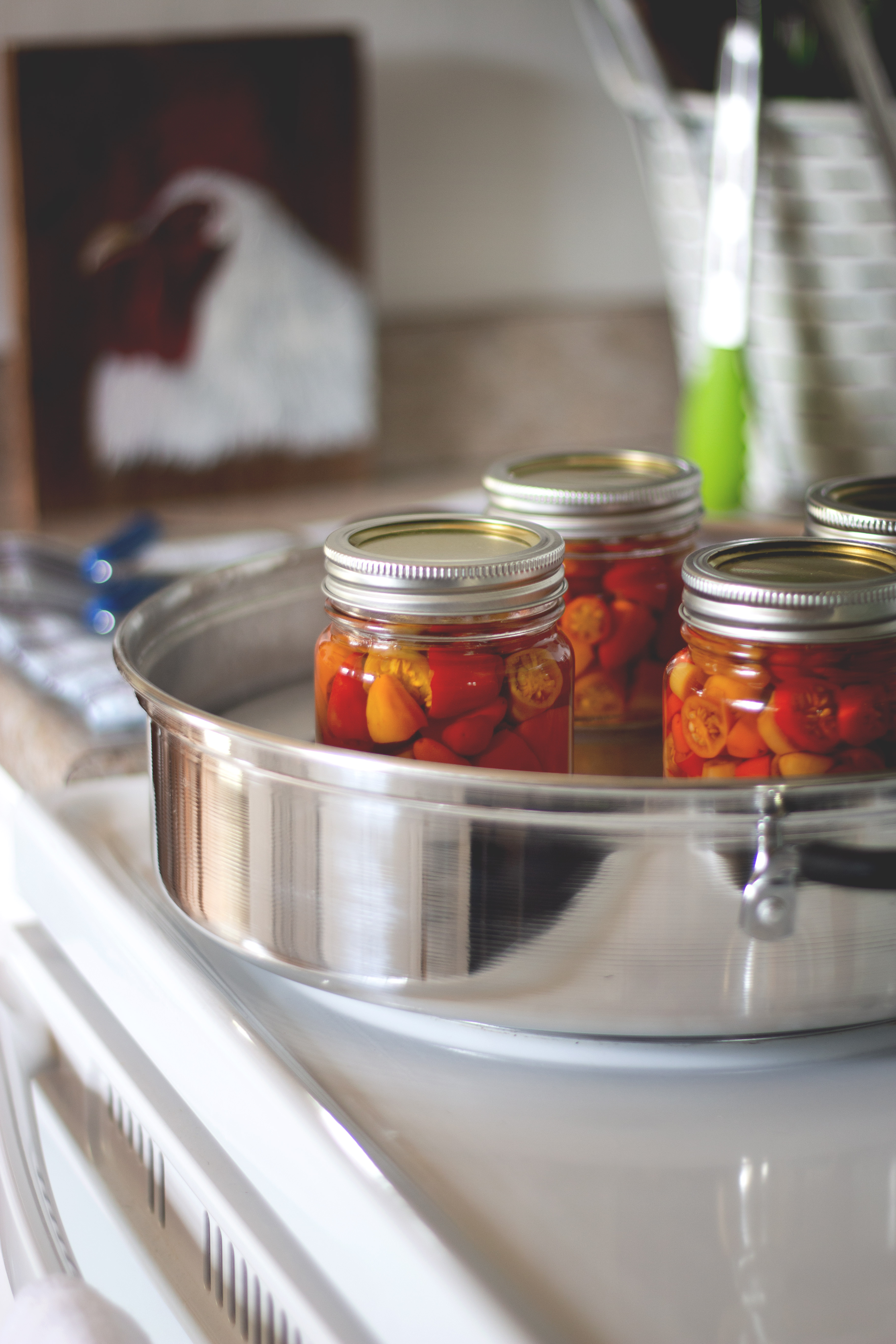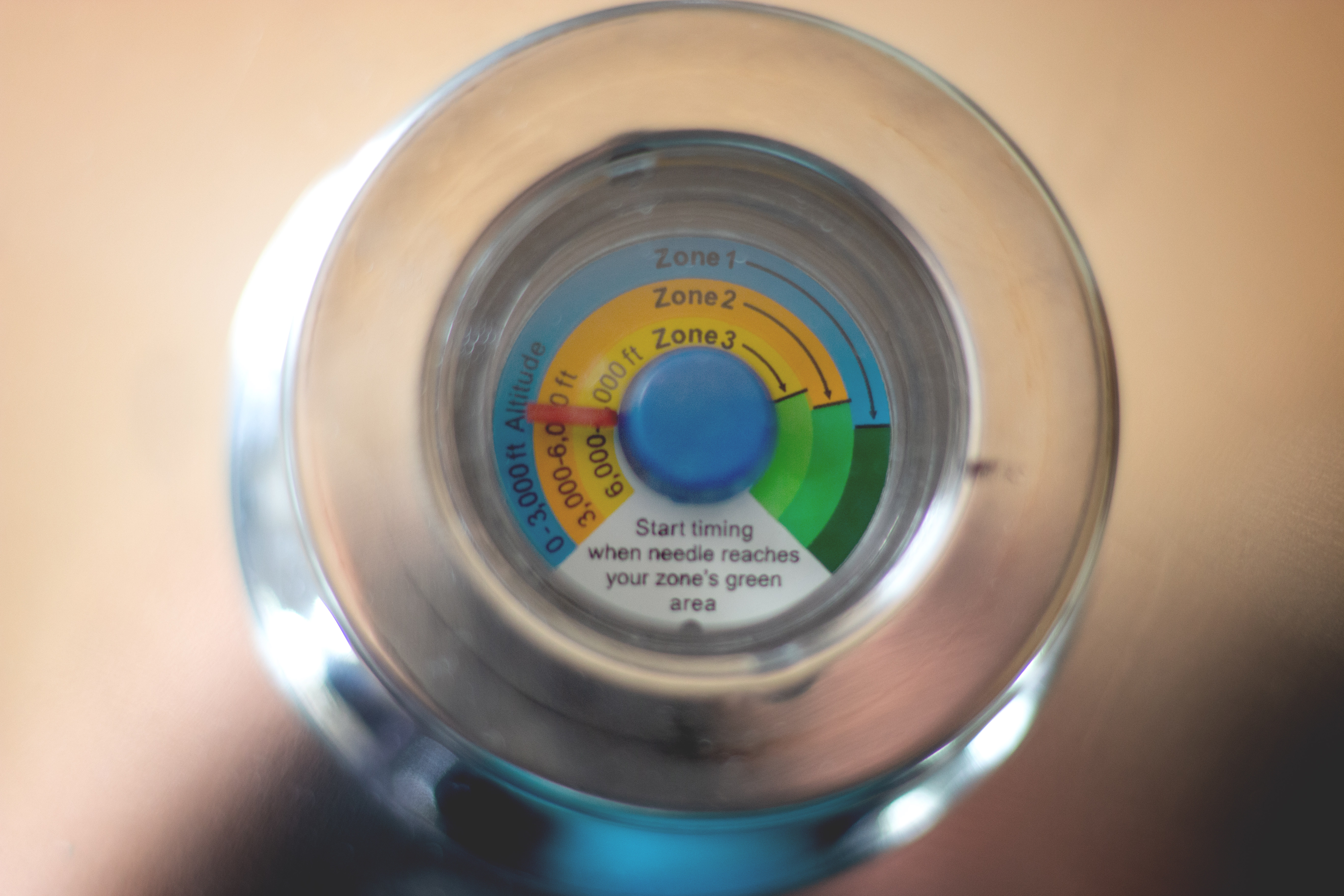Back to Basics: Using a Steam Canner
by Constance Smith
Many people have never heard of steam canning, a particular method of canning in which an atmosphere of steam is created to process the foods being canned, instead of using pressure or a hot water bath. Steam canners remind me of a big cake tin: The bottom that holds the water is relatively shallow and holds a rack for the jars, while the lid is a large dome that goes down over the jars.
Benefits of Steam Canning
Steam canning is my favorite way of processing things like jellies and salsas for several reasons:
- Steam canners use less water and thus are much lighter.
Because there is only about 2.5 quarts of water used – it varies by model – the canner is much lighter. The weight alone of a traditional hot water bath canner can be prohibitive. People with back issues or those who do not have the strength to carry that heavy pot will find steam canning much more doable. Heavy hot water bath canners can also be very hard on your stove. If it is a glass top stove, or if the stove isn’t durable enough, it could damage it. I have actually had my stove top bend under the weight of a canner in the past.
- Steam canners use less energy.
Another great benefit is that it takes much less energy to bring the canner to temperature than it does a great big pot of water, as used with the hot water bath canning. The smaller quantity of water prevents your kitchen from getting heated up as much. You can pour the water out right away, as it cools quickly; there’s no waiting for ages for the pot to be cool enough to be safe to move. This is great for summer – when a lot of our canning takes place.
- Steam canners are easy to use.
There’s no lowering jars into boiling water – or lifting them out. I don’t know about you, but lowering my rack of filled jars is almost as nerve-wracking as when it comes time to pull them out. Reaching into the hot canner and trying to grab those little handles and lift out the rack of jars can be daunting. I am always afraid I am going to drop it and splash scalding water all over the place. I actually did once, and miraculously I didn’t end up in the ER.
The rack in the steam canner is much more level than a traditional canner rack. When you lift out a jar rack from the hot water bath canner, the jars often shift, tilt or sometimes even fall over. This risks your seals and leads to more seal failures. The smooth rack in the steam canner allows even the notoriously–tipsy small jelly jars to stay level.
Is Steam Canning Safe?
Yes! Steam canning is perfectly safe if, like other canning methods, it is done properly. For a long time, there were many reports that steam canning wasn’t recommended because there wasn’t enough data to deem it safe. However, several years ago, the University of Wisconsin did extensive research on the process and gave the stamp of approval.
Foods that can be Steam Canned
Steam canning can be used to processes foods that are naturally acidic – with a pH level of 4.6 or lower. Foods like apples and peaches fall into this catgory. It can also be used to process acidified foods like pickles, jams and salsas.
Essentially, if a food is safe for hot water bath canning, then it is likely safe to be steam canned. The exception would be if the processing time exceeds 45 minutes for where you live. The reason for the time limitation is because the steam is continually venting and the water boiling. Unlike with a water bath canner, you cannot add additional boiling water to the canner as it is processing.
How to Steam Can Safely
- Choose the right foods and recipes.
Remember: Only acidic foods that are safe for hot water bath canning can be steam canned. Foods that are not acidic – like meats, soups, beans and others – must be pressure canned and cannot be steam canned.
Only use tried–and–true recipes. Use recipes that have been tested and deemed safe for hot water bath canning, for quart, pint or half-pint jars. Recipes chosen should also have a processing time of 45 minutes or less. Any recipe that requires a longer processing time will need to be done in a traditional hot water bath canner.
- Heat the jars.
Jars should be pre-heated and filled with hot liquid, whether it is raw or hot-packed foods.
- Maintain the appropriate temperature.
Jars have to be processed at 210-212 degrees. If the lid begins bouncing or spitting water, lower the heat of your stove enough to stop that action but still maintain the correct temperature. If the stove is too hot, and you boil the water dry, the food will not be properly processed and is unsafe.
Some steam canners do not have gauges, and the temperature has to be monitored with a thermometer where the steam is venting. Personally, I think that is risky. I would not use a canner like that.
The steam canner I use has a gauge built into it that shows you, without a doubt, when your canner has reached the required temperature. It even has readings for different elevations, so there is no questioning whether it is the proper temperature or not.
- Allow the necessary processing time.
Processing time does not begin until the steam canner has reached the appropriate temperature. The lid cannot be opened, and you must maintain the appropriate temperature the entire time. Processing time is the same in a steam canner as it is in a hot water bath canner. The time must be adjusted according to the elevation where you live.
Once the processing time has finished, turn off the heat. Then carefully remove the dome lid; tilt it away from you so you don’t burn yourself with the steam.
- Finish up properly.
Use a jar lifter to transfer your processed jars to the surface where you will let them cool – whether that’s a cooling rack or a towel-lined counter. The jars should cool naturally, away from drafts, for at least 12-24 hours.
That’s it! As I said before, steam canning is my favorite method of non-pressure canning. I rarely use my traditional hot water bath canner anymore because the steam canner is simply so much easier to use. Give it a try; I’m sure you will agree!






